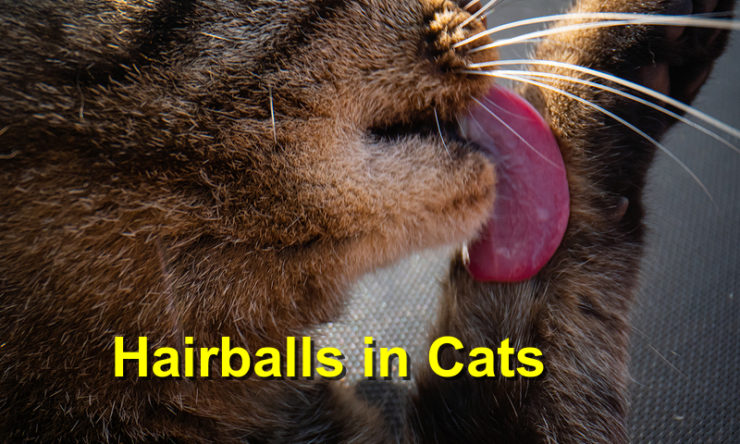Hairballs in Kitties: What you need to Know
Although hairballs are not exactly normal, they are pretty commonplace to the extent that most pet owners have grown so accustomed to them, especially if they own a long-haired species. However, trichobezoars – another name for hairballs – are a sign of many underlying no-so-good issues.
But what is a hairball?
You see, cats love to groom themselves every now and then. This shouldn’t be a problem except for the fact they have relatively rough and spiky tongues compared to ours. In the course of their self-grooming regimen, these barbs will remove and collect loose fur which they could accidentally swallow. Now, if the cat’s gastrointestinal system is working as it should, the hair swallowed inadvertently should pass through the intestines and the stomach and excreted as stool.
Nonetheless, if there is another grooming or underlying health issue at play, the hair ordinarily lumps together in the stomach instead of being passed along. The cat will then bring it up as a hairball in a characteristic retch or cough. On observation, the fanfare involved in churning out the hairball has led to many cat owners just dismissing it the vomiting or chocking up as being ‘merely a hairball’, which is hardly the case.
Treatment Options
When it comes to correcting hairball disorders in cats, the best approach is one that is aimed at addressing the underlying reason for this anomaly. While occasional hairball vomiting or coughing up is not a reason of concern particularly among long-haired cat breeds, at times it can be a sign of a serious problem lurking behind the shadows. And this is especially if your cat gets into the habit of bringing up hairballs ever so often than they normally would.
Begin with a thorough physical exam with the supervision of a trained veterinarian to assess your pet’s overall health. Based on the results of this examination, the vet may be in a position to recommend a set of further diagnosis to ascertain the cause of the aggressive grooming which could be an allergy, skin infection, stress triggers or change of the environment. Further, urine and blood testing could also be recommended to evaluate the status of the cat’s major organs and blood cells.


